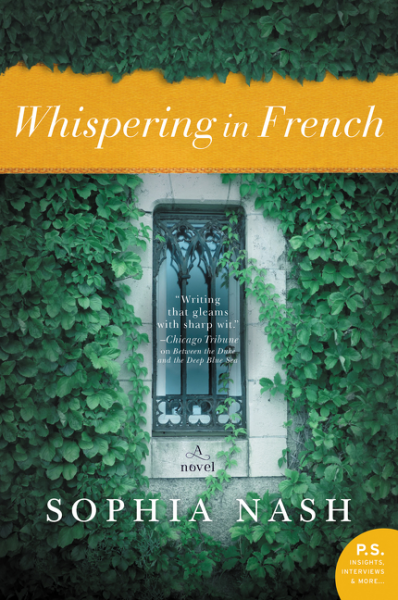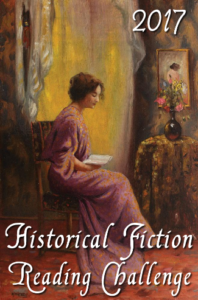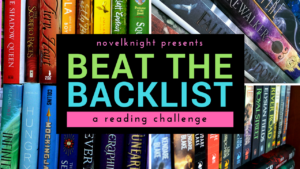Edgar Cantero’s latest book Meddling Kids is what would happen if you mashed together Scooby Doo, Buffy the Vampire Slayer, the Cthulhu Mythos, the Famous Five, and the Hardy Boys. It’s a glorious postmodern pastiche of teen detective mysteries and Lovecraftian horror along with a dash of bananapants comedy.
In 1977, the Blyton Summer Detective Club—Kerri, Andy, Nate, Pete, and Sean the Weimaraner—cracked their biggest case and made the papers. They nabbed Thomas X. Wickley masked as an overgrown salamander running around the creepy Deboën Mansion and trying to find Damian Deboën’s gold mine. And he would have gotten away with it, too, if it weren’t for… well, you know.
Underneath the news story, however, lay a secret. Wickley was more than happy to spend 13 years in prison if it meant being safe from whatever was in that house. The meddling kids themselves were never the same either. Brainiac Kerri, set on a path to become a biologist, drifts from one low-paying job to the next. Andy is wanted in Texas and has done prison time. Nate is locked away in Arkham Asylum in Massachusetts. And Pete has committed suicide. Knowing their unfinished business will follow them for the rest of their lives if they don’t return to Blyton Hills and the Deboën Mansion and confront the evil lurking in its halls, Andy gathers the gang back together, including their dog Sean’s great-grandson Tim, and the group heads back to Blyton Hills to solve their biggest case once and for all.
This book is drawing a lot of comparisons to Scooby Doo, including my own, and while it’s an homage to the show, it has its separate charms. It’s hilarious in some parts, and the self-awareness with which Cantero writes is a lot of fun. I enjoyed the notion that there are real monsters out there, not just men in masks, and the last fifty pages or so of the novel were a breakneck climax with some surprising twists.
I had a lot of fun with this book. It’s a perfect selection for the R. I. P. Challenge. I would definitely recommend it to anyone who loved teen mystery shows like Scooby Doo (which is still a favorite of mine, even as an adult).
Rating:















 Lee Daniel Kravetz’s
Lee Daniel Kravetz’s  About Lee Daniel Kravetz
About Lee Daniel Kravetz







